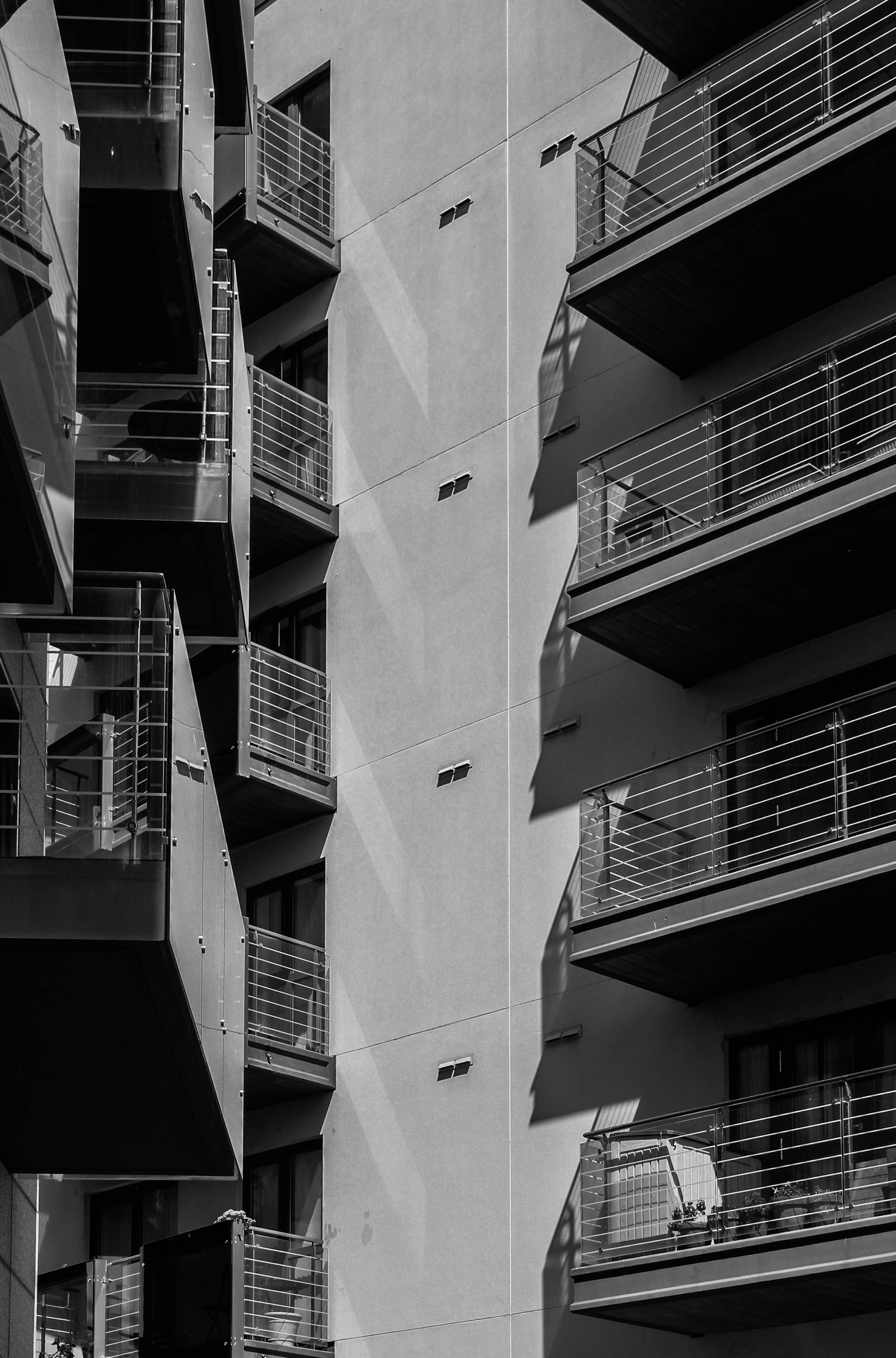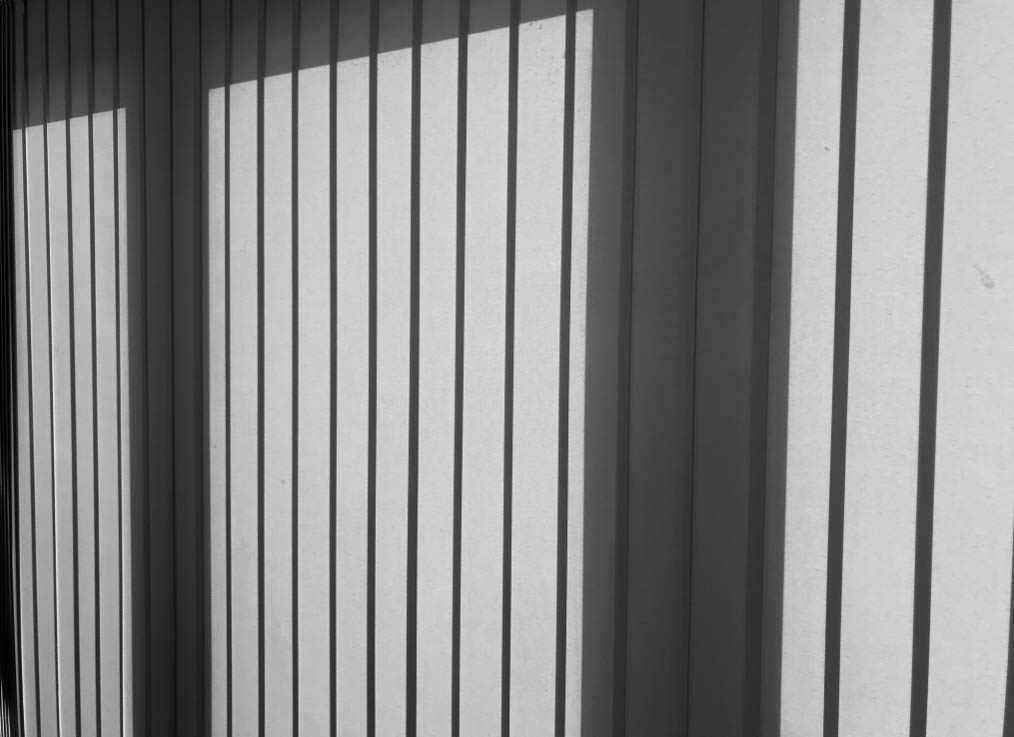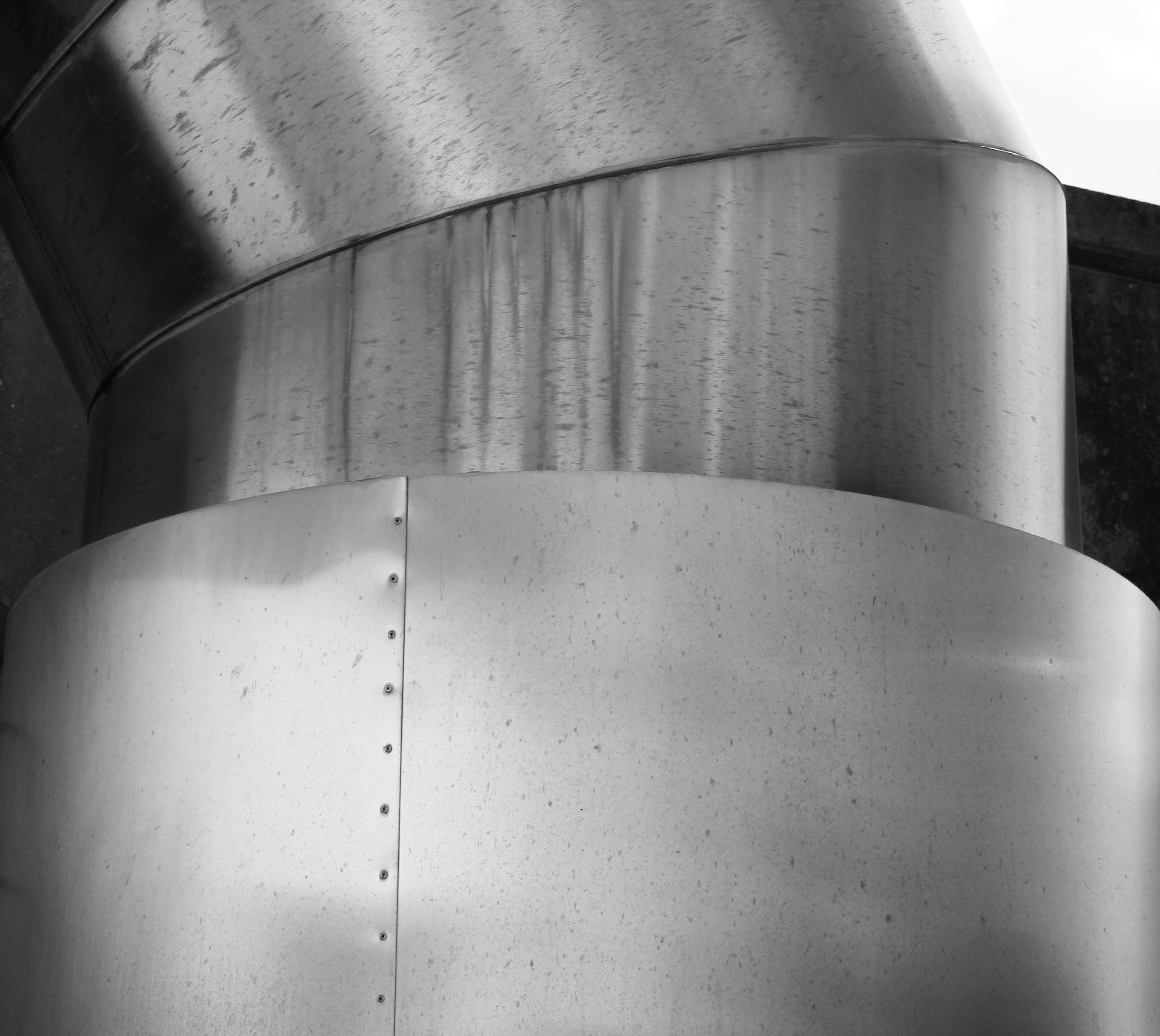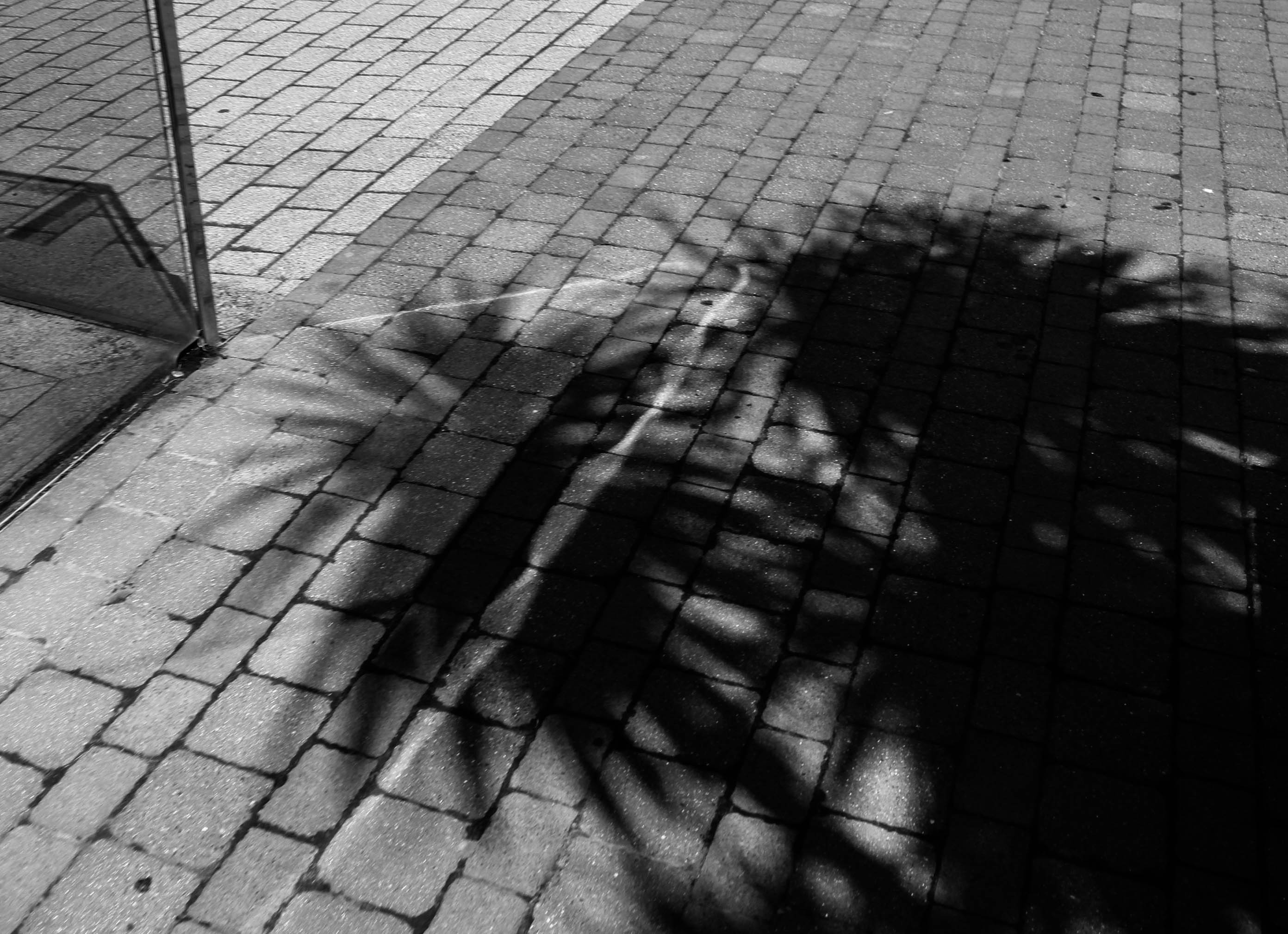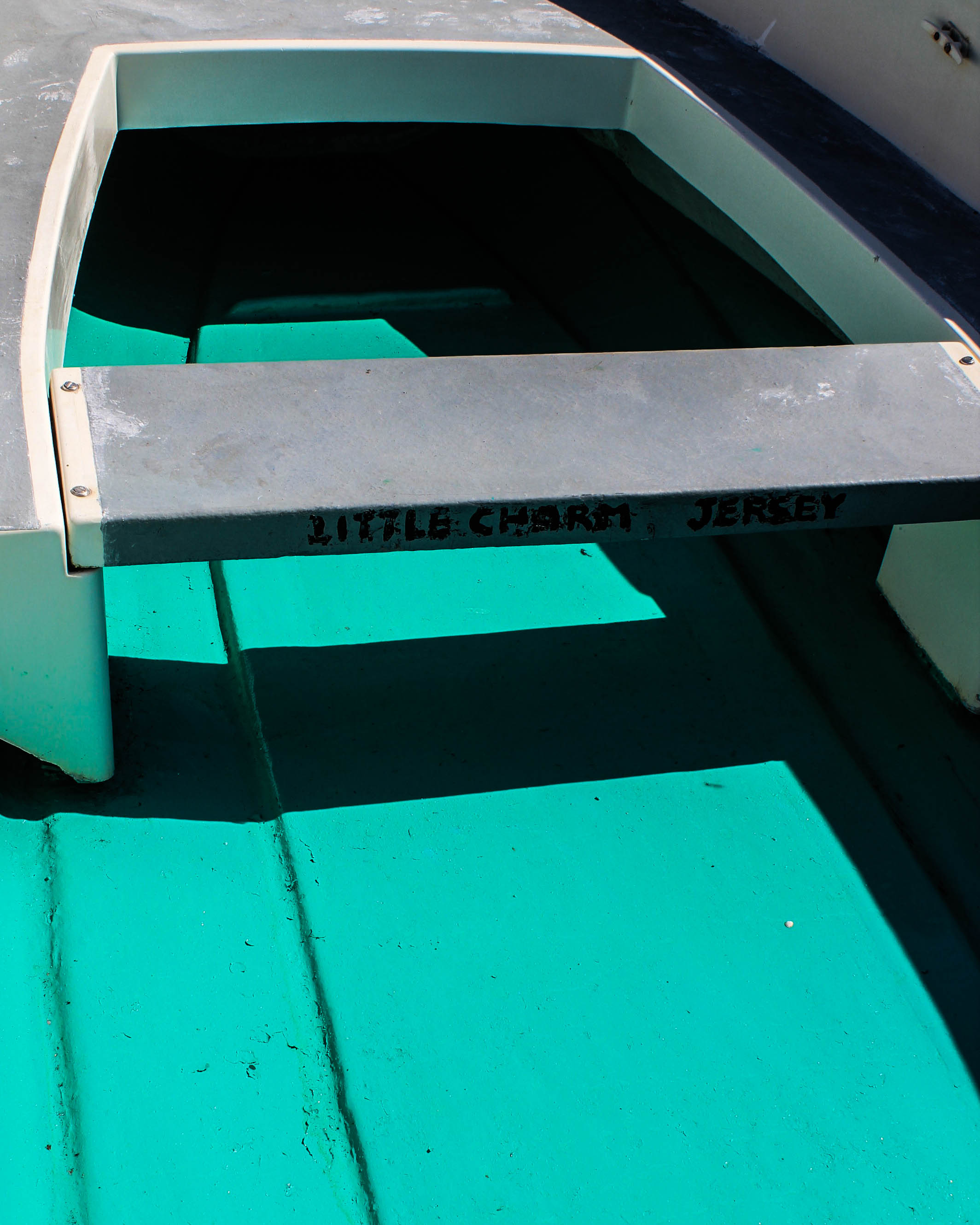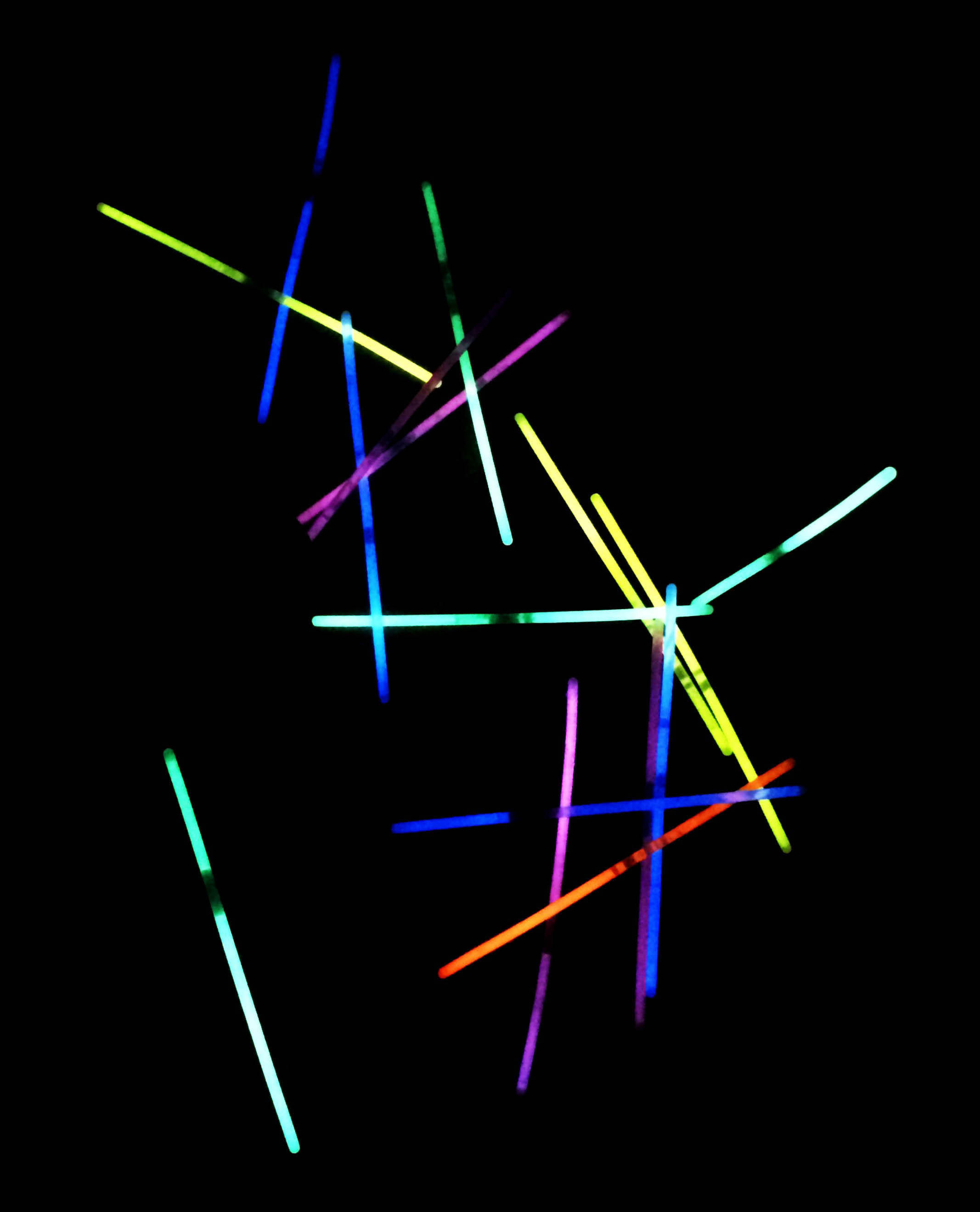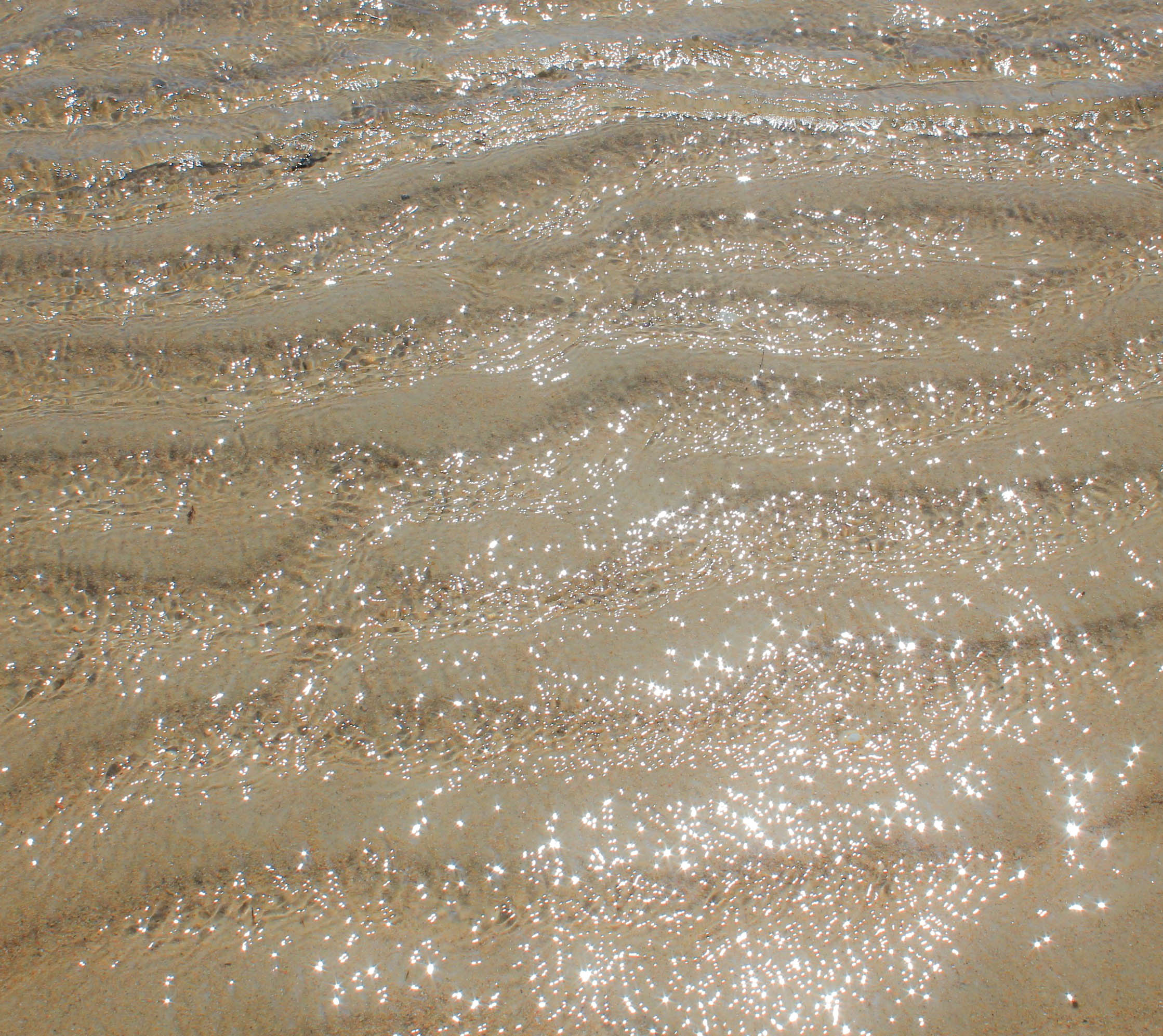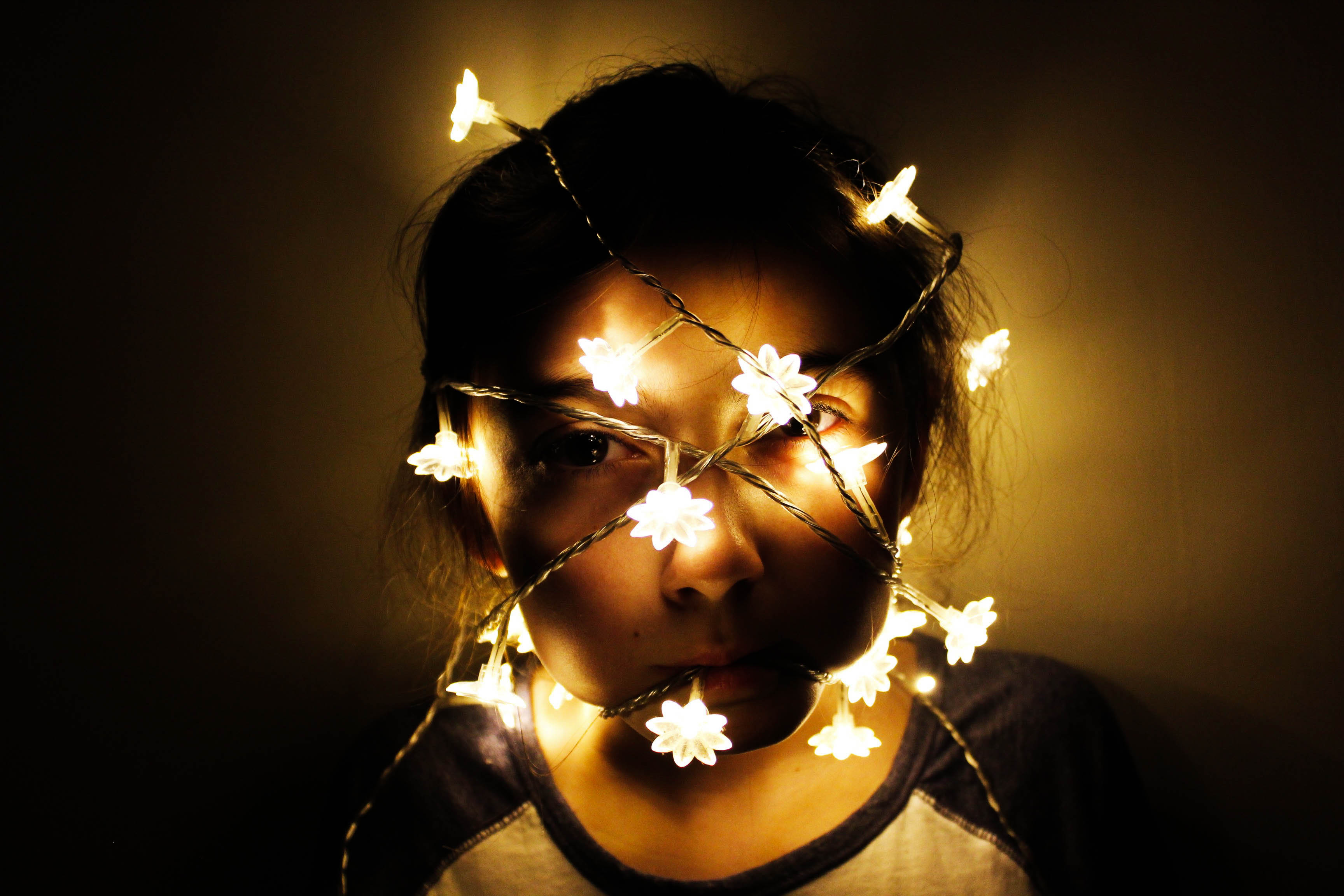I think overall, I fulfilled the exam title ‘Variation and Similarity’ successfully as the final theme I chose to follow was ‘Light vs Darkness’. This interpretation of variation and similarity was interesting as I found I could use many factors to photograph; it can be anything you see, (since light and darkness can just be a varied amount of light and dark tones).
I started off with following the idea of repetition, where I did a mini experimentation shoot of doors and windows to see if I liked this theme. I started to think I could explore repetition further and start to capture other aspects such as shadows and lighting, reflections, architectural structures (like doors and windows,) sunlight, colour, water, nature, landscapes and seascapes. However, I then took the route of photographing light and darkness as I felt this related more to the exam title. This is because, light and darkness are two polar opposites and so this is a variation of tones. However, they are similar because they can create similar effects, such as shadows.
I did 7 main shoots to explore light and darkness, with 1 mini shoot (so overall, 8 different shoots). I think these went successfully as I planned all my shoots beforehand so I knew what I wanted to achieve. I thought about my composition so that each of my images could be taken from various angles and perspectives to see which worked best. I edited all my images from all my shoots, and then made a narrow selection of 10-30 images that I liked the best; I did this on light-room as I found it easier to make selections from. To select my final images I went onto light-room and changed the filter settings to flagged so I could see all my favourite selection of images. Then I narrowed down to a further 50 or so images that I thought would work well to create a final piece from. I had images of people (from my studio shoot with lights,) as well as coloured glow-stick images from a studio shoot, architecture images, beach images and seascapes, as well as a few images from my boat shoot. In the end, I looked at what I thought my most appropriate images were to fit my exam theme of light and darkness and found that these were my images that included shadows in them. A lot of these were black and white images, however there was 1 boat image in colour. I finally selected 11 images to use (which I displayed in my final image choices blog post). These consisted of 2 boat images, 1 studio image, 1 home shoot image, 5 architecture images and 2 beach images. The only image that didn’t match well with the other final images is the studio shoot photo of the glow-sticks; however, I still selected this as one my final prints because I wanted to show how I explored light and darkness in a creative way. I think that because I displayed this glow-stick image on its own final piece, its worked well because it wasn’t juxtaposed with any other shadow images. Maybe I shouldn’t have included this image because of how unrelated it is to my other images but I still think it was a successful choice.
In terms of artist references, I chose 6 artists to analyse. However, only 4 of these artists was based on my interpretation of the exam title (light vs darkness). The other 2 artists was inspiration for when I first started the exam and I was experimenting with different styles of variation and similarity to see what I preferred. I think the 4 artists I chose to use as inspiration for my exam was an appropriate choice as they all used photography as a chance to explore light and darkness. Initially, the artists I wanted to take a big step to follow was Kanghee Kim, as another idea for mms specification was to explore the sun; as she uses the sun to capture images in her photo-book ‘Golden Hour’, I made an artist reference about her. Yet, as I realised that I wanted to go down the route of light and darkness (not just the sun,) I still thought of Kim as a good artists inspiration. Ray K Metzker was another bold inspiration towards a lot of my images as his images of shadows and street photography really outline the variation between light and darkness. I think I could’ve used more artists for references as 4 isn’t a huge amount – although, because these 4 artists were such big influences on my work, I think only having 4 artists was successful as I really concentrated on shoots that reflected their work and their style of photography, (as shown in my images of mine similar to artists blog post).






























